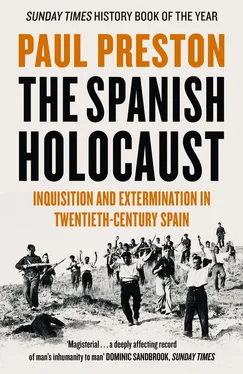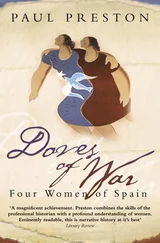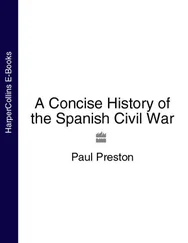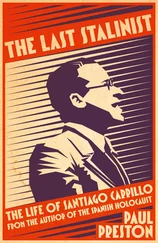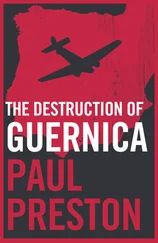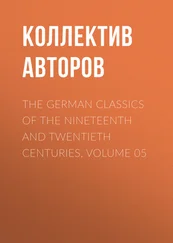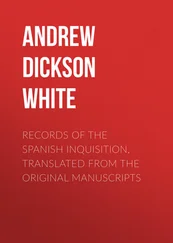In all of Spain, Civil Guard casualties in combating the insurrection of October 1934 were 111 killed and 182 wounded, the bulk of which were in Asturias. 111The memory of this would influence the part played by the Civil Guard in the Civil War. More immediately, it had a profound effect on the way in which the revolutionaries were punished. Once the Asturian miners had surrendered, the subsequent repression was overseen by the forty-four-year-old Civil Guard Major Lisardo Doval Bravo, who had a record of bitter hostility to the left in Asturias. Indeed, he was widely considered in Civil Guard circles as an expert on left-wing subversion in Asturias. He had served in Oviedo from 1917 to 1922 and, having reached the rank of captain, he had commanded the Gijón garrison from 1926 until 1931. He earned notoriety for the ferocity with which he dealt with strikes and disorder. On 15 December 1930, during the failed general strike which was intended to bring down the dictatorship of General Berenguer, he had been involved in a bloody incident in Gijón. The strikers attempted to remove from the wall of a Jesuit church a plaque in honour of the Dictator General Miguel Primo de Rivera. The Jesuits opened fire on the demonstrators, killing a worker and wounding another. In response, the mob set the church ablaze and the Civil Guard was called. Doval led a cavalry charge against the workers. Afterwards, he authorized the savage beating of strikers in his quest to identify the ringleaders. In April 1931, he planned to repel a workers’ attack on his barracks with banks of machine-guns. A man who knew him well, the conservative Republican Antonio Oliveros, editor of the Gijón newspaper El Noroeste, wrote: ‘In my opinion, Doval is a man of exceptional talents in the service of the State. Brave to the point of irresponsibility, his concept of duty leads him to the worst excesses and that accounts for his frequent abuse of suspects when trying to get proof of guilt.’ 112
Doval was subsequently involved in the abortive Sanjurjo coup in Seville in August 1932. Although suspended for his part therein, he had benefited from the amnesty for the conspirators passed on 24 April 1934. Until 19 September that year, when he was posted to Tetuán, he had been on secondment training the JAP militia. On 1 November, Doval was appointed ‘Special Delegate of the Ministry of War for Public Order in the Provinces of Asturias and León’. The appointment was made by Diego Hidalgo on the specific recommendation of Franco, who was fully aware of Doval’s methods and his reputation as a torturer. They had coincided as boys in Ferrol, in the Infantry Academy at Toledo and in Asturias in 1917. 113With an authorization signed by Hidalgo himself, Doval was given carte blanche to bypass any judicial, bureaucratic or military obstacles to his activities in Asturias. His fame as a crusader against the left had made him immensely popular among the upper and middle classes of the region.
As Franco knew he would, Doval carried out his task with a relish for brutality which provoked horror in the international press. 114It was not long before there were reports of his abuses. The Director General of Security, the deeply conservative José Valdivia Garci-Borrón, on 15 November, sent one of his subordinates, Inspector Adrover, to investigate. Adrover was violently expelled from Asturias by Doval. In view of this and of the stream of information about Doval’s excesses, Captain Valdivia pressed the new Minister of the Interior, the Radical Eloy Vaquero, for Doval’s removal. On 8 December, the special powers were revoked and five days later he was posted back to Tetuán. 115
Meanwhile in Zaragoza, after the suppression of the uprising in Uncastillo, the fugitive Mayor Antonio Plano was captured and badly beaten by Civil Guards. Back in the village, 110 men were arrested and tortured by the Civil Guard before being taken to the provincial capital for trial. 116The achievements of Plano’s time as Mayor were overturned. Over the next year or so, the Civil Guard in Uncastillo took its revenge. Numerous detentions and beatings on the slightest pretext led to the new right-wing Mayor making an official complaint. Unsurprisingly, an official investigation found no grounds for action. The trial of 110 villagers accused of participation in the events of 5–6 October took place throughout February and March 1935. It was heavily weighted in favour of the Civil Guard and of the local cacique, Antonio Mola. The prosecution’s aim was to place the blame for everything firmly on the Mayor. To achieve this, the highly respected and conciliatory Plano was portrayed as a hate-fuelled traitor to the Republic. His defence lawyer pointed out that, if the Civil Guard could not stop the revolutionary events, it was absurd to have expected Plano to do so single-handed.
Nevertheless, the judgment of the court on 29 March 1935 was that Plano had been the ringleader and was guilty of military rebellion. Accordingly, he was condemned to death. Fourteen villagers, including the deputy Mayor, were sentenced to life imprisonment. Forty-eight villagers were given sentences ranging from twenty-five to twelve years. When the sentences were announced, confrontations between villagers and Civil Guards became increasingly bitter. After the victory of the left-liberal Popular Front coalition in the elections of February 1936, Antonio Plano and the others were amnestied and he was reinstated as Mayor and revived his reforms. 117The local caciques were furious and their revenge when the Civil War started would be terrible.
The Coming of War, 1934–1936
The hopes of Gil Robles and Salazar Alonso had been fulfilled. While the military action in the north was still in train, there had been nationwide round-ups of workers’ leaders on a massive scale. On 11 October 1934, the CEDA daily, El Debate, reported that in Madrid alone there were already two thousand prisoners. Jails were soon full in areas where there was no revolutionary activity but where landowners had problems with their day-labourers. Workers’ clubs, the Casas del Pueblo, were closed down in towns and villages in every part of the country. The Socialist press was banned. On 8 October, in Alicante, a huge crowd demanded the liberation of the many prisoners being brought to the Castillo de Santa Bárbara. There were clashes with the police and José Alonso Mallol, the ex-Civil Governor of Seville and Asturias, and a number of other prominent Republicans were arrested. In the same session of 9 October in which Gil Robles had proposed the closing of parliament, the CEDA voted an increase in the forces of order and the re-establishment of the death penalty. At total of 1,134 Socialist town councils were simply removed and replaced by unelected right-wing nominees. There were many provincial capitals among them, including Albacete, Málaga and Oviedo.
The most scandalous case was that of Madrid, where the town council and its Republican Mayor, Pedro Rico, were suspended, falsely accused of failing to combat the strike. Control was briefly assumed by the head of the Agrarian Party, José Martínez de Velasco, as government delegate. He was replaced on 19 October by Salazar Alonso himself, who had been dropped from the new government because Lerroux felt that the presence of three CEDA ministers was already provocative enough. A week later, he took the title of alcalde (mayor). 1In Málaga, the man chosen to lead the management committee that replaced the elected council was Benito Ortega Muñoz, a liberal member of the Radical Party. As a city councillor, he had successfully opposed the attempts of more left-wing Republicans to remove crosses from the municipal cemetery. That, together with his acceptance of the position of unelected Mayor in October 1934, would lead to his murder in 1936. 2
Читать дальше
